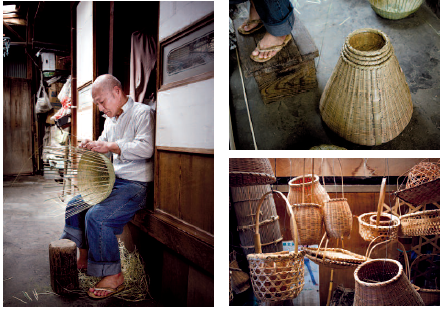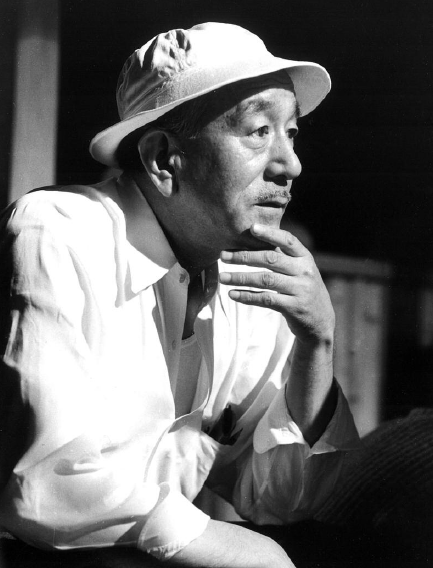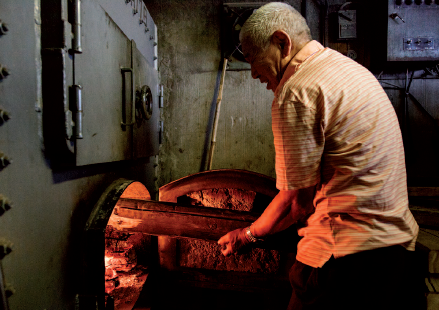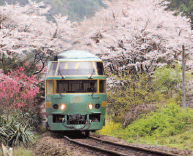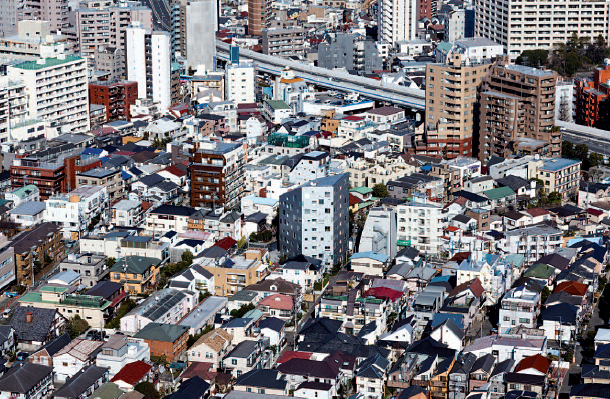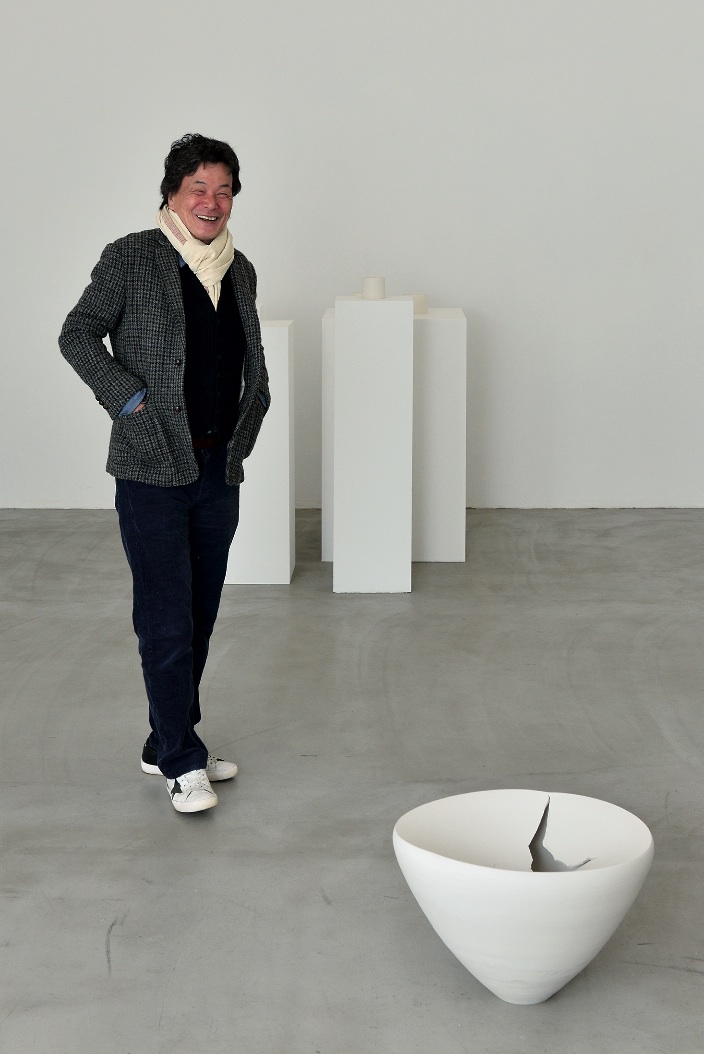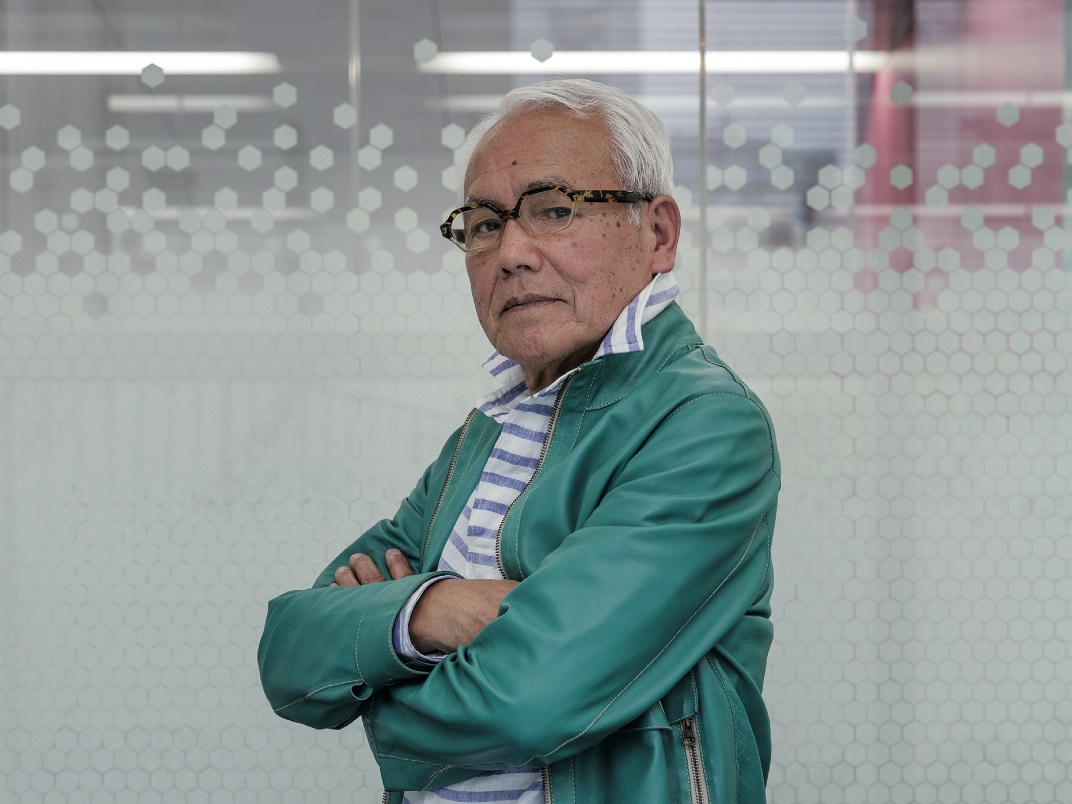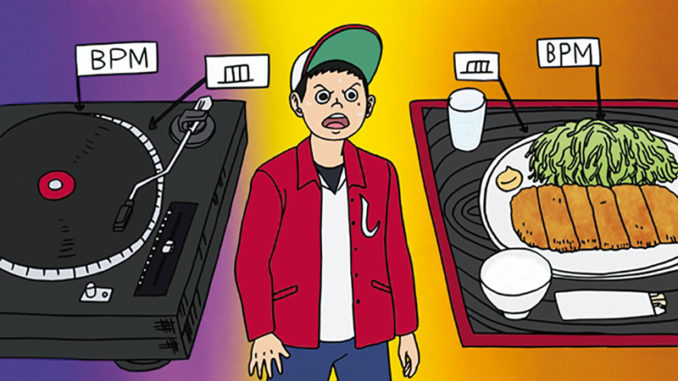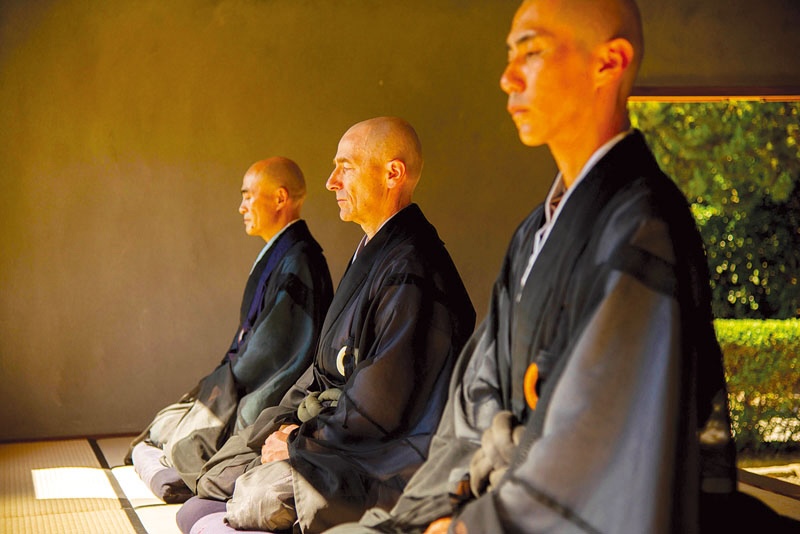
Zazen is one of the essential elements of Zen practice. Here are its main features.
When was the last time you disconnected from all your devices, stopped fretting about all the stuff you ought to be doing and just sat in silence, without doing anything, without even thinking about anything?
If this is something you do regularly, you’re probably one of the growing legions of people who has discovered the mental and physical benefits of zazen, or seated meditation. Health authorities recognize meditation as an effective treatment for stress and depression. Many tout it as the perfect way to relax and forget your worries. It´s part of the corporate wellness programme at companies like Google, Nike and Starbucks. According to Steve Jobs, when you practise mindfulness meditation “your intuition starts to blossom and… you see so much more than you could before”. In the world of the overworked, the new mantra is “don’t just do something, sit there!”
Nevertheless, mere relaxing is far from the real goal of zazen. “Zen should never become a means of making yourself feel good nor should it be a tranquilizer to settle excitement and wild thoughts”, says Omori Sogen (1904-1994) in his book Introduction to Zen Training, published by Tuttle (a translation of Sanzen Nyumon, the classic Japanese text for beginner Zen students). One of Japan’s foremost Zen masters, Sogen, expressed gratitude for the recent flowering of international interest in Zen. But he was also concerned that many come to Zen for the wrong reasons.
Not that he denied the health benefits of practising Zen, but for Sogen and many like him the true goal of zazen should be nothing less than enlightenment, “to touch the infinite life and the absolute world, to comprehend that such is one’s True Self”.
The three main schools of Zen in Japan, Soto, Rinzai and Obaku all vary as to the best way of doing zazen. Soto believes in the use of zazen alone to achieve enlightenment gradually. Rinzai also uses zazen, but supplements it with koan, or riddles, designed to break through your rational mind to attain sudden intuitive enlightenment. What is the sound of one hand clapping? That’s the best-known koan, firstposed by 18th century monk Hakuin.
The monk Eisai (1141-1215) brought Rinzai Zen teachings back from China in 1191, while the Soto Zen school was established by the monk Eihei Dogen (1205-1253). In 1244, Dogen also founded Eiheiji – The Temple of Eternal Peace – in Fukui Prefecture, not far from Fukui City in the Chibu region. Steve Jobs once considered becoming a monk here after visiting Eiheiji.
Whichever branch you follow, they all share the goal of attaining enlightenment to discover your true self.
With tourist numbers to Japan now surging to pre-Covid levels, more and more visitors – inspired by the mindfulness trend – come in search of a Zen experience. In response, more Buddhist temples have opened their doors, offering visitors a peek into their once-secret world.
The aforementioned Eiheiji, for instance, offers one-night stays that include zazen practice. It’s located deep in the mountains near the northwest coast of Japan, on land donated by a samurai who was a devoted follower of Eihei Dogen. Today, 100 monks devote themselves to Master Dogen’s style of zazen at Eiheiji.
Elsewhere, Shinshō-ji Temple, in the forest-clad hills outside Fukuyama in Hiroshima Prefecture, has rebranded itself as Shinsho-ji Zen Museum and Garden. Its aim is to make the world of Zen “fully accessible to the public… through all five senses”. It too offers zazen practice.
You are met by a guide at the pine-cone shaped office, and led through Shinshoji’s gorgeous gardens, part of the temple´s expansive hillside complex. In the Garden of the Appreciating Heart, koi carp bask in the Heart Character Lake, lined with maples on one side and cherry trees on the other. As you cross the graceful wooden arch of the Dragon’s Back Bridge over the lake to the International Zen Training Hall, you’re beginning to feel all wabi sabi before you’ve even started meditating.
A shaven-headed monk greets you outside the hall. “First, please remove your shoes and socks, and put on these wooden sandals,” he says. “Then bow before and after entering the hall, with your palms together in a gesture of gratitude.”
Inside the shadowy wooden hall stand several low tatami-covered platforms. On each one, thick futon-like zafu cushions have been folded in three so that the rear part is much higher than the front. The monk demonstrates how to clamber up backwards onto your futon and perch cross-legged on top.
Tricky as it looks, it’s far more comfortable than you might imagine. And the arrangement of the zafu makes it surprisingly easy to sit with your back straight, which facilitates your breathing, a fundamental part of zazen.
“If you feel yourself dozing off, put your hands together and raise them in front of your chest. I’ll awaken you with the keisaku (a long flat piece of wood). Please don’t look on it as punishment,” and adds, “It’s simply to help you focus.”
With that, he lights a stick of incense and strikes a small hand-held bell four times. The sound resonates in the silence like ripples in a pond. You begin meditating.
Silence descends on the hall, broken only by birdsong from the trees outside. At first, a hundred thoughts clutter your racing mind. But as the monk directed in his preamble, you just let the thoughts go like they were balloons in your hand, and focus solely on your breathing. Gradually, you begin to feel your mind emptying of all its usual chatter. You notice the gentle mountain breeze blowing through the windows, the fragrance of the bare wood, the purr of a far-off aeroplane.
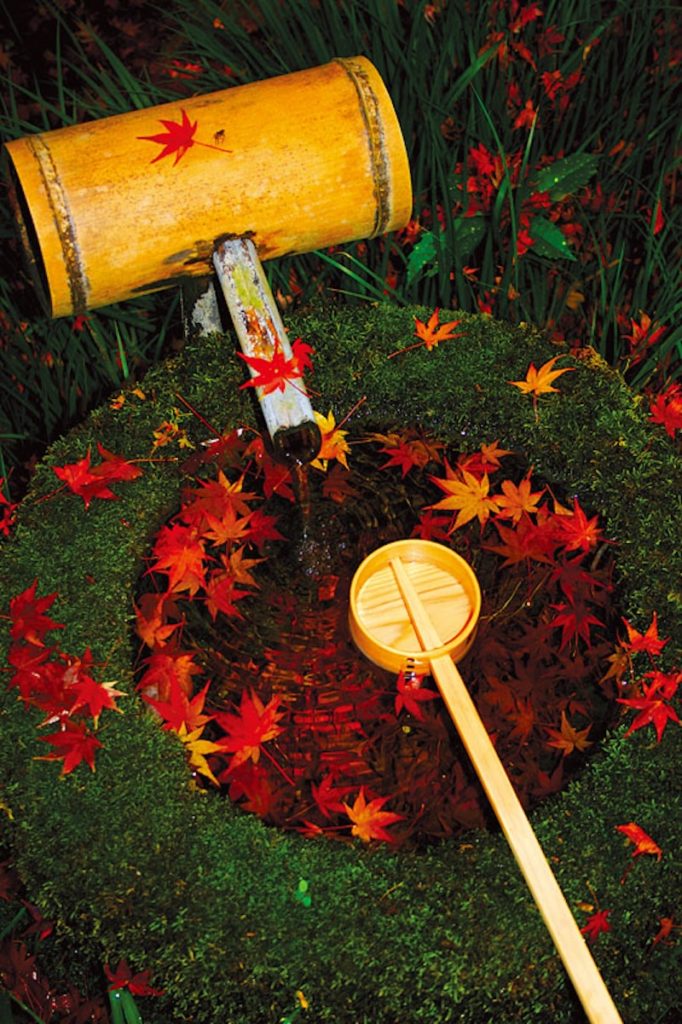
All the while the monk patrols with sloth-like slowness, keisaku at the ready. One brave young woman, looking no more than fifteen, raises her hands to request a wake-up call from the big stick. The monk shuffles toward her. They exchange bows.
Thwack thwack! Thwack thwack!
The monk delivers four resounding strokes to the woman’s back, two on either side of her backbone. The rest of the group quickly follow suit and raise their hands, eager for a whacking of their own. Somehow the experience wouldn’t feel complete otherwise. Happily, the blows only sting momentarily, then leave you feeling invigorated, the same as a good massage.
After some forty minutes, the session is over. You float out into the afternoon sunshine of the gardens, elated, alive and alert. Feeling relaxed and uplifted may not be the original purpose of zazen, but it’s an undeniable side-effect. After a day trapped in an unbroken chain of multi-tasking, even a short dip in the sea of meditative tranquillity can be most therapeutic.
Short sessions such as this one offer an excellent introduction to zazen, but they are a far cry from the austere monastic rigours and strict discipline endured by full-time monks. For those visitors seeking a deeper Zen experience, temples like Antaiji Temple run longer lasting programmes. In fact, Antaiji demands a minimum commitment of three years. It’s located in Hyogo Prefecture, in remote countryside near a national park on the coast of the Japanese Sea. It owns about 50 hectares of land in the mountains. It was founded in 1921 by Oka Sotan as a monastery for scholars to study the Shobogenzo or Treasury of the True Dharma Eye, the master work of Eihei Dogen. The temple was the subject of a recent NHK World documentary entitled Seek Nothing, Just Sit.
People come here from around Japan and over thirty foreign countries to learn zazen, which they practise for four hours a day. That’s an astonishing 1,800 hours a year.
They are also required to do a lot of physical labour – cooking, chopping wood, sweeping, mopping, cultivating the temple’s rice field and vegetable fields. This surprises those visitors who expect to be doingzazen all day.
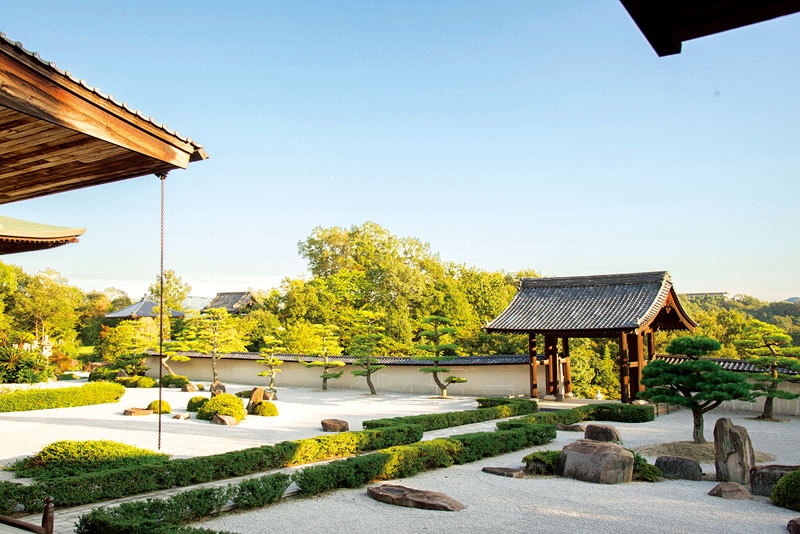
In many temples physical work is considered part of zazen practice. It’s called samu – the physical work done as part of spiritual practice. As with zazen, the object is to free your mind of your daily worries and focus on the moment. In that way, doing your daily tasks becomes another opportunity to meditate. As one monk puts it: “It’s all zazen.”
Antaiji also runs shorter five-day stays in May July and October. Participants will be expected to participate in the manual chores.
According to Eko Nakamura, the abbot of Antaiji, the secret to zazen is “Seek nothing, just sit. If you are seeking something, it’s not zazen,” she says. “You must recognize what you need to do right now. And simply do it. That equals Zen practice.”
If you’re thinking that enlightenment sounds distant and difficult, take heart from the words of Eihei Dogen himself, who maintained that practice and enlightenment are the same. In his book Bendowa, he wrote that “thinking that practice and enlightenment are not one is no more than a view that is… deluded. Enlightenment is endless…practice is beginningless… There is no practice separate from enlightenment”.
Or as Eko Nakamura puts it: “Stop chasing, stop running away. When you practise zazen, don’t do it with the idea that you want to gain something. Just be yourself and sit. Let go and let zazen just be zazen. Then you will finally be just you – one.”
Steve John Powell & Angeles Marin Cabello
To learn more on the subject, check out our other articles :
N°136 [FOCUS] The essential spirit of Zen
N°136 [TRADITION] At the heart of stone gardens
N°136 [TREND] The importance of practicing Zen
N°136 [TRAVEL] Hirosaki, the jewel of Aomori
Follow us !

